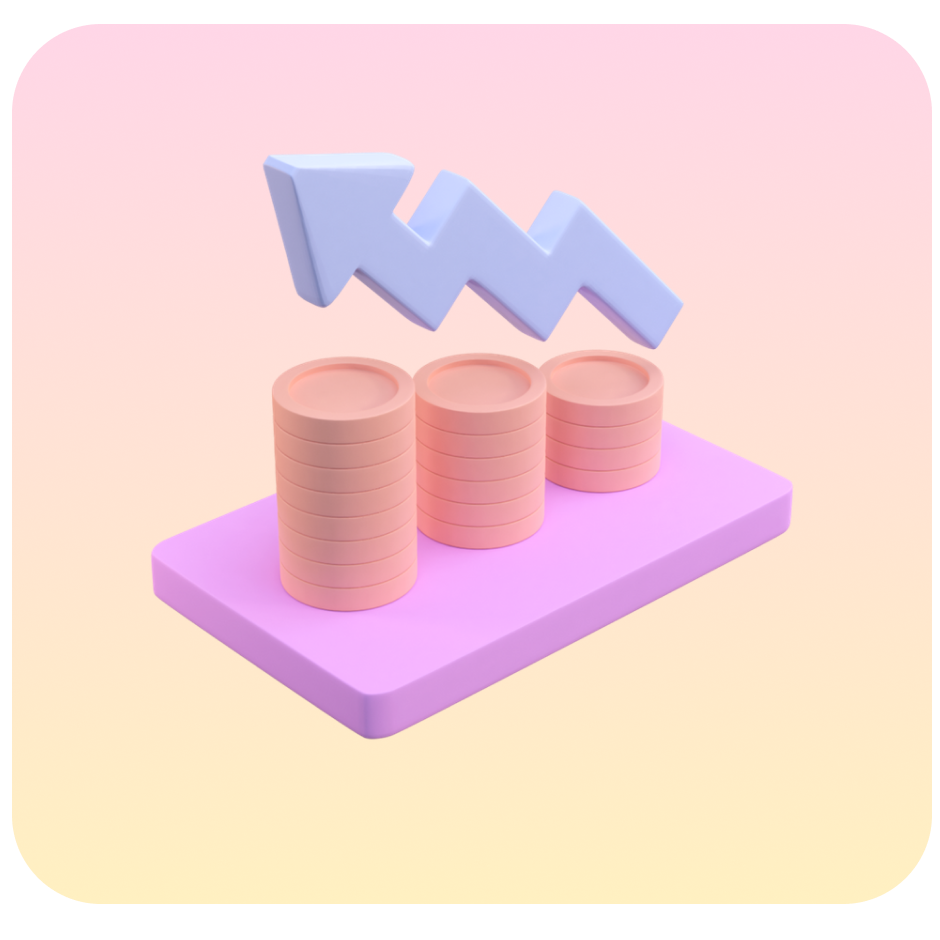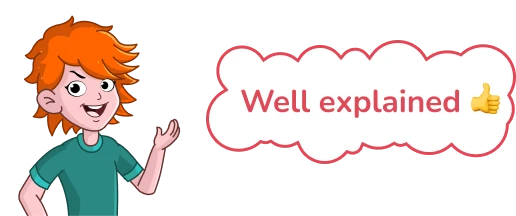
925 Learners
Algebra
Algebra is a key branch of mathematics in which symbols and variables are used to express numbers and relationships. It mainly focuses on rules to operate the elements to solve equations and quantify them. It provides a way to generalize mathematical concepts of math, which makes it easier to solve problems that involve unknown patterns. We use letters like x,y,and z are used to represent variables or any other alphabets, for unknown values. We use algebra in simple calculations to complex calculations like calculus, engineering, etc.
Share Post:
Trustpilot | Rated 4.7
1,292 reviews
Math Calculators
Math Formulas
Math Questions
Math Worksheet
Math Puzzles
What is algebra in Math?
Algebra in mathematics deals with the operations in variables and constants to form equations and expressions. We find unknown values by applying mathematical rules. Algebra clarifies complex relationships, which makes it easier to analyze and solve problems.
Branches of Algebra
Algebra is divided into various branches, which focus on different aspects, the different types of algebra are:
1.Elementary algebra: Includes basic operations like solving equations and expressions.
2.Abstract algebra: Learning the formation of groups, fields, etc.
3.Linear algebra: This part deals with vectors, matrices, and linear transformations.
4.Boolean algebra: Used in logic, set, and computer science.
5.Algebra Geometry: algebra and geometry are merged to learn shapes and to solve polynomial equations.
What are Algebraic expressions?
Algebraic expressions are the representation of variables and constants and operations like addition, subtraction, multiplication, and division.
Examples:
- 3x+5 : A linear expression
- 2x2 -4x+7 : A quadratic expression
- 2x+3 / x-1 : A rational expression
Algebraic Equations
An algebraic equation means that two expressions are equal, containing one or more variables. Solving these equations includes finding the value of the variables that satisfy the equation.
The types of algebraic equations:
1. Linear equations: The equation that satisfies the form ax+b=0 are linear equations. Linear equations are straight lines on a graph.
Example: 2x+3=7.
2. Polynomials: The expressions that include powers of variables, like x2+2x+1. They are formed from quadratic, cubic, and high-degree equations.
3. Sequence and series:
- Sequence: A list of numbers that follow a specific pattern. E.g., 1,3,5,7.
- Series: The sum of terms in a pattern, such as an arithmetic series.
4. Sets: Sets are a collection of definite numbers.
5. Vectors: vectors show a quantity with both magnitude and direction. They are used in physics and engineering.
6. Relations and functions:
- Relations: A relationship is a connection between two sets.
- Functions: it assigns exactly one outcome for each input. Example: f(x)=2x+1.
7. Matrices and determinants:
- Matrix: A rectangular array of numbers that is used to represent systems of equations in rows and columns.
- Determinants: A value calculated from a square matrix, which indicates whether the matrix can be inverted or not.
Exponents and Logarithms functions
Exponents: These are mathematical operations that are written in the form of an ; a is the base and n is the power or the exponent. Exponents help us solve expressions. It can be expressed in the form: an =aaa….n times.
Logarithms: the opposites of exponents are logarithms. Logarithms are used to solve complex algebraic formulas. The exponential form can be converted to logarithmic form by using the formula log an =x.
Algebraic Operations: algebra for beginners.
This includes the fundamental operations which are performed on variables and constants, similar to arithmetic operations. Given below are the operations in problem-solving in algebra.
Addition and subtraction:
Finding the sum or difference of like terms. i.e., the terms that have the same variables or powers.
- Multiplication: we use the distributive property to expand the expressions.
Examples: (x+2)(x-3)=x2-3x+2x-6=x2-x-6.
- Division: To solve by dividing the coefficients and reducing common factors between the terms.
Examples: 6x2+ 12x / 3x=2x+4.
Algebraic Formulas
Algebraic formulas represent fundamental concepts, like the sum of squares or the product of binomials. They are widely used in school mathematics and several fields like engineering, and performing calculations.
Basic algebraic identities:
- (a+b)2 =a2+b2+2ab
- (a-b)2 =a2+b2-2ab
- a2-b2=(a+b)(a-b)
- (a + b)3 = a3 + 3a2b + 3ab2 + b3
Properties of Algebra
The properties of algebra are fundamental rules that help us understand how numbers and variables are used in expressions and equations. Let's get to know the properties of algebra.
Commutative property:
- Even if the order of numbers is changed in addition or multiplication, the result remains the same.
- We apply commutative property in addition and multiplication.
- Example: addition = 2+3=3+2=5;Multiplication=4×5=5×4=20.
Associative Property:
- The way numbers are grouped does not affect the result.
- It is applied in addition and multiplication.
- Example: Addition: (1+2)+3=1+(2+3)=6;Multiplication: (2×3)x4=2x(3×4)=24.
Distributive Property:
- Multiplying a number with a sum or difference gives the same result as doing each multiplication separately.
- Example :
- 2x(3+4)=(2×3)+(2×4)=14.
Identity property:
- The addition of 0 or multiplication of 1 does not bring any changes in the number.
- Example:Addition: 5+(-5) = 0; Multiplication: 8x(1/8)=1.
Inverse property: The inverse property reverses the effect of the operation.
- Additive inverse: When a given number is added to the same number of opposite sign, which gives the sum as zero. Example: 6+(-6)=0.
- Multiplicative inverse: Multiplying a number by its reciprocal results in 1. Example: 5x(1/5)=1.
Closure property: In the closure property when we perform a certain operation on two numbers from a particular set i.e., if we are adding two whole numbers together we get a whole number, it's the same with integers as well, and the result will also belong to that same set.
Example: integers : 5+2=7(an integer);Whole numbers= 4×3=12(a whole number).
Tips and tricks to learn Algebra
In the beginning, concepts of algebra may feel a little tricky but with the right practice and methods, children can learn it faster. Algebra is the foundation of advanced mathematics, so knowing it well is important.
1.Getting to know the basics thoroughly: Students should focus on learning fundamental operations and basic rules. Variables, coefficients, constants, and equations should be practiced well.
2. Practice simplifying the expressions: Part down complex problems into smaller parts. Example: 3x+2x-5=5x-5
3. Learning one concept at a time: There are multiple ways to learn about algebra, so one should be thorough about one topic before moving to the next.

Common Mistakes and How to Avoid Them in Algebra
some common mistakes with their solutions are given
Real-life applications of Algebra
Algebra may look like a collection of symbols and equations, but it teaches children how to think logically and solve problems step-by-step. It is a foundation for many practical tasks we come across in daily life. Here are some simple ways algebra is applied in everyday life:
1. Achieving Savings Goals:

1. Achieving Savings Goals:
Algebra helps in calculating saving goals. It can be used in budgeting and saving.
2. Recipe Measurements and Adjustments:

2. Recipe Measurements and Adjustments:
Measurement of ingredients in cooking and recipe adjustments.
3. Planning Travel Time:

3. Planning Travel Time:
Calculating how long the trip will take based on distance and speed. Example: Time= Distance/Speed.
4. Understanding Motion:

4. Understanding Motion:
Kinematic equations like v=u+at calculate an object’s velocity over time, which is important in learning about motion.
5. Analyzing Economic Trends:

5. Analyzing Economic Trends:
Used in economics for linear relationships in supply and demand.
Algebra may look like a collection of symbols and equations, but it teaches children how to think logically and solve problems step-by-step. It is a foundation for many practical tasks we come across in daily life. Here are some simple ways algebra is applied in everyday life:
Career opportunities Involving Algebra
Algebra is a vast field of advanced mathematics and has various career opportunities, so if you enjoy algebra, you know you’ve got another cooler option.
1. Algebra is used in engineering; electrical, mechanical, civil, etc., to calculate loads, and solve problems.
2. Linear algebra plays a key role in data analysis and machine learning.
3. Teaching mathematics involves a deep understanding of algebra.
4. Research is dependent on algebraic calculations for experiments.

Algebra Examples

Problem 1
If (x+5)²=49, find the value x.

Here, a= x and b=5,
(x+5)2=x2+52+2x5
x2+10x+25=49
x2+10x+25-49=0
x2+10x-24=0
x2+12x-2x-24=0
(x+12)(x-2)=0
x=-12;x=2.
Explanation
by using identity (a+b)2=a2+b2+2ab

Problem 2
Verify if the identity 49-16=(7+4)(7-4) holds true.

By using the identity,
a2-b2=(a+b)(a-b)
a= 7 and b=4
49-16=33 and (7+4)(7-4) =11 × 3=33
Explanation
Both sides are equal.

Problem 3
Find the value of (2+3)³ without directly calculating 5³.

a=2 and b=3
(2 + 3)3 = 23 + 3×22×3+ 3×2×32 + 33
=8+36+54+27=125
(2 + 3)3=125.
Explanation
using the identity,
(a + b)3 = a3 + 3a2b + 3ab2 + b3

Problem 4
Solve x²-5x+6=0

Factorize the equation,
x2-3x-2x+6=0
(x-2)(x-3)=0
x-2=0 or x-3=0
x=2 or x=3.
Explanation
Factorize the equation,

Problem 5
Solve for x in the equation, 2x+5=15

Solution: 2x=15-5
2x=10
x=10/2
x=5.
Explanation
x=5.


FAQs on algebra:
1.What is algebra in math?
2.What is the BODMAS rule?
3.What are the 5 basic rules of algebra?
4.Write the algebraic identities.
5.What is (-) x (-)= ?
6.How does learning Algebra help students in Qatar make better decisions in daily life?
7.How can cultural or local activities in Qatar support learning Algebra topics such as Algebra?
8.How do technology and digital tools in Qatar support learning Algebra and Algebra?
9.Does learning Algebra support future career opportunities for students in Qatar?
Conclusion
Algebra is more than just solving equations, students build a strong foundation for topics in science, engineering, and economics. Ultimately, algebra helps children develop a mindset of solving problems with ease, with practice, students will realize algebra is not just an academic subject, but a tool used in everyday life.





